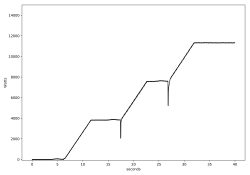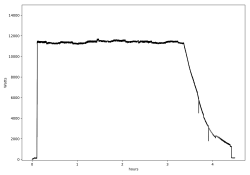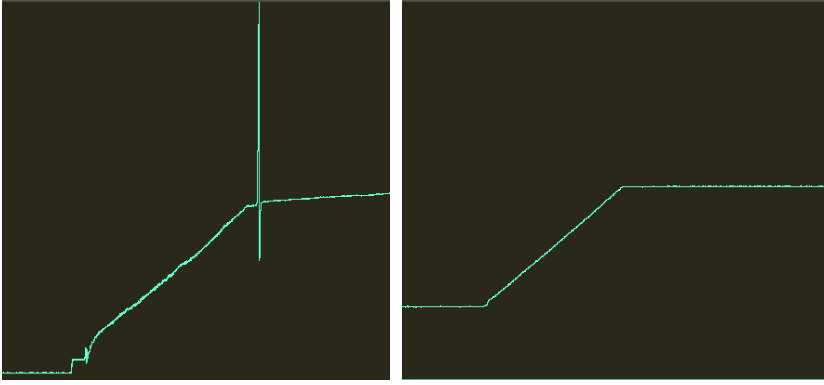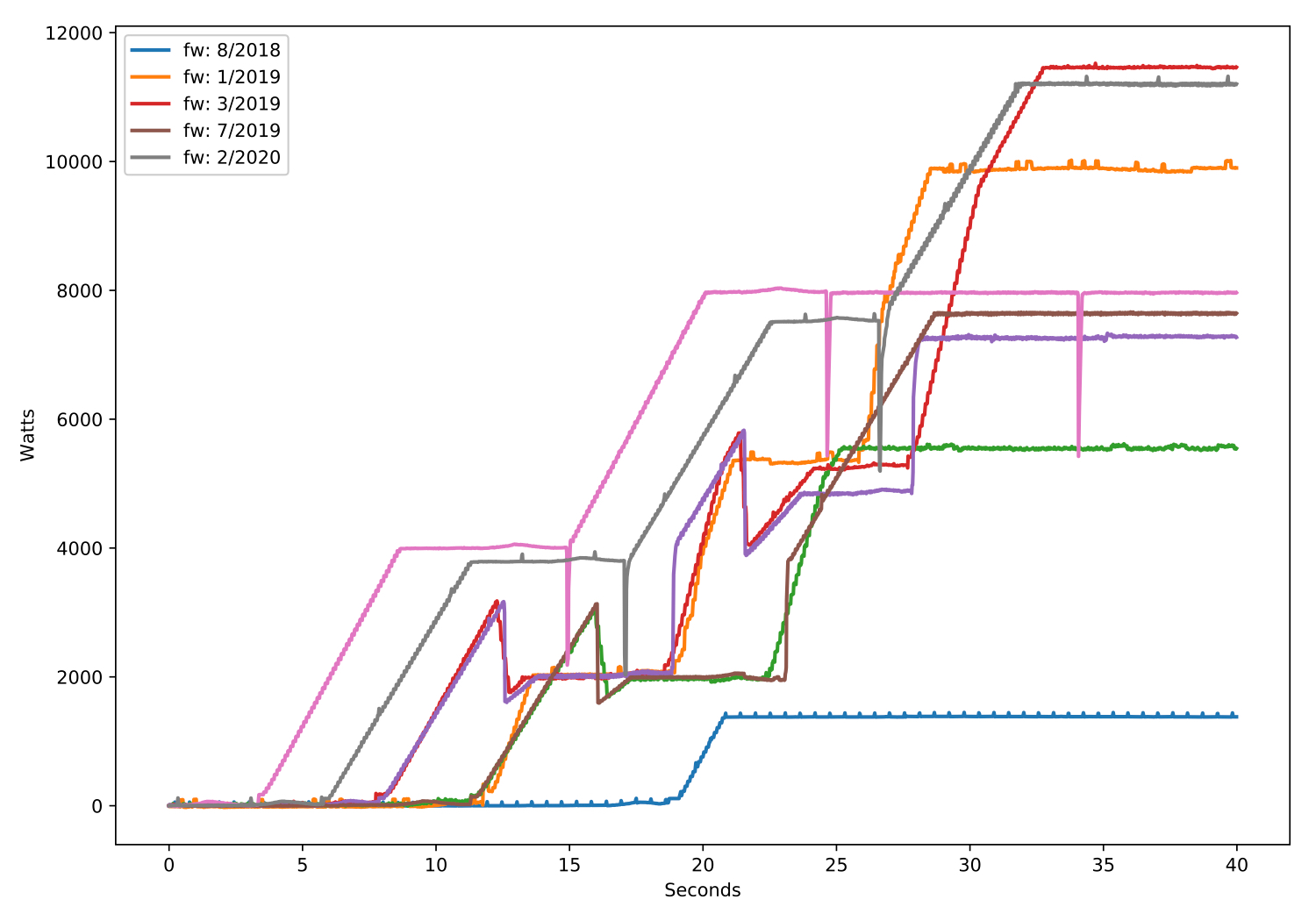We take a deep look into the energy science of electric vehicles and how they charge.
Electric vehicle owners are among the most passionate advocates for energy conservation. They share our zeal to save energy (and money), push the envelope of innovation, and live responsibly on the planet. Many Sense customers drive electric vehicles and charge them at home, so we’ve made it a priority to identify EV charging in the Sense Home app.
If you’re an EV owner, you might see the increase in your utility bill from EV charging and assume that your car’s daily charge is like a large rock thrown into a small pond. It must make big, noticeable ripples in your home’s energy patterns. After all, your EV uses quite a bit of electricity over a fairly long period of time, depending on the car.
In fact, however, electric vehicles are among the trickiest devices in the home’s energy world. Our data science team has spent countless hours modeling the energy signatures of EVs in order to make sure they’re recognized in the Sense Home app. It’s been a fascinating and challenging journey, with valuable feedback and input from Sense customers who own EVs.
We recently talked with George Zavaliagkos, Sense’s VP Technology, and Mohammad Karimzadeh, a member of our data science team, about Sense’s detection of electric vehicles. Here’s what we learned.
Sense’s machine learning uses energy patterns, which we call signatures, to recognize specific household devices. What does an electric vehicle’s energy signature look like?
The typical EV energy signature ramps up over several seconds, levels off to a steady charging plateau and then winds down before shutting off. A typical Tesla Model 3 that’s charged using a level 2 charger plugged into a 30A/240V outlet, for instance, takes 20-30 seconds to get up to approximately 7.2 kW, stays at that level for many hours (7.2kWH for 8 hours gives about a 200 mile range) and then gradually ramps back down before turning its charger off.


The energy signature of a Tesla Model 3 that charged for nearly 5 hours. The signature on the left shows the first 40 seconds as energy demand rises.
By comparison, the typical appliance in the home turns on in a fraction of a second and switches off just as quickly, making a signature with distinctive start and stop patterns.
You might expect that each car maker would standardize their charging technology across models, but they don’t. Our customers drive about 40 different makes and models of electric vehicles and each one has its own unique signature. The same manufacturer may use different approaches for each model and year, as you can see with the BMW and Chevrolet energy signatures below.
Charging signatures vary across automobile makes and models.
By analyzing thousands of EV energy signatures, we know that there’s tremendous variability in charging patterns. The initial phase when charging begins and the energy demand ramps up can last from a couple seconds to a minute. The wattage demands can vary from 1200W to 12kW, depending on the EV charger and the outlet. During charging, some EVs draw energy at a steady, even rate, while others fluctuate their energy demands over time. At the end of a charging session, some EVs stop charging abruptly, while others, like the Nissan Leaf, wind down over the course of hours.
Your electric vehicle doesn’t use electricity in isolation. It’s contributing to an entire orchestra of electrical events in your home, so the Sense monitor needs to sort out the car’s energy signature from many others. An EV’s energy signature can be easily confused with a common household appliance: the mini-split. Here are the energy signatures for an EV and a mini-split. Both ramp up to a charging plateau. Can you guess which is which?

Answer: A mini-split generated the energy pattern on the left
If a mini-split turns on while an EV is charging, here’s what the combined energy signature looks like. Because the signatures are so similar, it’s hard to see that two devices have been turned on instead of just one.
With so many EV charging patterns, how can Sense identify specific cars?
To show a device in the Sense Home app in real time, the Sense algorithms must identify what type of device turned on within the first couple of seconds. When devices turn on gradually, like EVs, they don’t have an easily identified pattern right away.
These two energy signatures show the challenge. On the left is the first 25 seconds of an EV ramping up its charge in an irregular pattern. On the right is the entire signature over the course of 4 hours. There are big changes in energy use but they take place slowly and unpredictably, making the pattern harder to model and much harder to identify in real time.
Left: The first 25 seconds of a BMW i3 starting to charge. Right: The entire 4-hour energy signature of a BMW i3.
To address this, Sense analyzed data from thousands of charging sessions in about 1000 homes and created robust, accurate models for the entire charging session from start to finish. We were able to model the signatures of seven popular EVs in the context of real homes where other devices are turning on and off at various times. Next, Sense’s data science team focused on those first several seconds to learn the distinctive patterns that would tell us an EV had just started charging and which one it was.
The team identified markers for key phases of the charge: when the ramp-up started and ended and when the slow wind-down at the end began and stopped. With these identifiers, the Sense monitor can distinguish an EV charging from all the other devices turning off and on in the home.
How does Sense detect popular EVs?
Electric vehicle manufacturers change their charging patterns from year to year, type to type, brand to brand and charger to charger. Given the complexity of the EV charging universe, Sense has focused on seven electric vehicle models that are the most popular among our customers. They include:
- Tesla Model X, Model S, Model 3;
- Chevrolet Volt and Bolt;
- Nissan Leaf; and
- BMW i3.
We’ve learned from customer surveys that three-quarters of Sense EV owners have one of these vehicles currently. We’ve focused on the more efficient 240V chargers, which automakers like Tesla and BMW have started to include with their cars. The Sense team is also working on approaches that are car-model agnostic, applying these techniques to all EVs.
When and where you charge an EV makes a difference in how quickly it will be detected. The Sense monitor needs to see between 8 and 25 charging sessions in order to detect an EV. Of course, those charges all need to be taking place at home, and the Sense monitor can’t distinguish your blue Tesla Model 3 from another white one you own.
Tesla owners are passionate about their cars. What’s special about Tesla cars from an energy perspective?
The Tesla Model 3 has quickly become the most popular electric vehicle among Sense customers. In 2017, Tesla released its EV in limited production. By September 2018, a survey of Sense customers found that 15% of Sense customers had an EV and Tesla Model 3 was among the most popular. In just three months, we were able to develop a model that reliably identified the Tesla Model 3. By February 2019, half our EV owners had Teslas and most owned the Model 3.
Then in early 2019, something changed. Says Mohammad, “I had just joined Sense when we heard from a customer who had been tracking his Tesla Model 3 but was suddenly unable to see the Tesla bubble in his app. We researched it and realized that Tesla had released a firmware update that entirely changed the energy pattern at the onset of charging.”
We developed a new model which recognized the new charging pattern. Since late 2018, there have been six firmware updates, at a cadence of one each quarter, each with its own unique energy signature that the Sense monitor must learn and model.
If you’re looking for more insights on your Tesla, the StatsApp is a great way to see actionable data about your Tesla from your mobile phone or tablet, with detailed insights on battery and range, charging and driving efficiency and more.
Each Tesla firmware update has introduced a different charging pattern at onset.
How will Sense innovate for electric vehicles in the coming year?
In the coming year, Sense will continue to look for ways to help EV owners meet their personal energy and money savings goals. We want to answer questions such as: “What are the best times to charge my EV in order to take advantage of lower utility rates at various times of day, draw on my home’s solar power, or tap into clean energy sources that peak across the entire utility grid during the day?” We know that many EV owners are trying to answer this question.
We recently enhanced the Sense Solar app to show how much solar production flows out to the grid in real time and how much electricity comes into the home from the utility. We learned that the average Sense Solar customer sells back half of their solar power to the utility rather than using it in the home. This finding underscores the importance of our day-to-day patterns. You need to use energy when you need it, but your activities may not match the times when renewable energy is produced in abundance. This is a dilemma that utilities grapple with every day as more solar energy comes online in the grid, creating daily peaks and nightly valleys.
So how can you get closer to a net zero lifestyle? One way is by scheduling your EV charging when the cleanest energy is available either from your home or the utility. We’ve been analyzing time-of-charging patterns among EV owners to inform future product enhancements that can help EV owners reach these goals.
Thank you, George and Mohammad, for explaining the energy science behind EV device detection. As homes and transportation move to clean, renewable sources of electricity, understanding the energy patterns of your home and car will become even more important than they are today.
Carol McGarry, Sense’s communications director and a Chevy Volt driver, interviewed George and Mohammad for this article. You can learn more about how the Sense home energy monitor works here.




